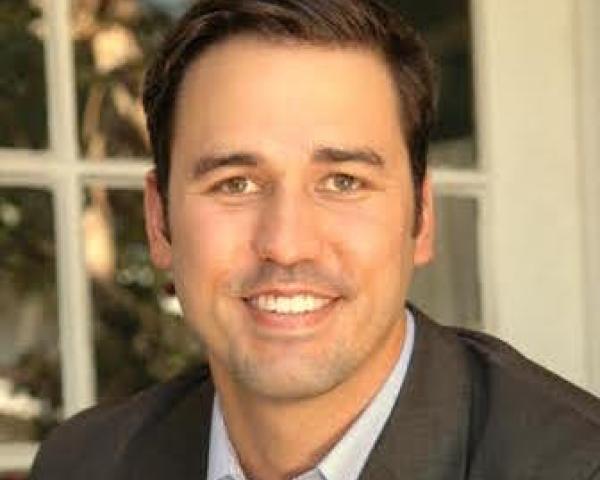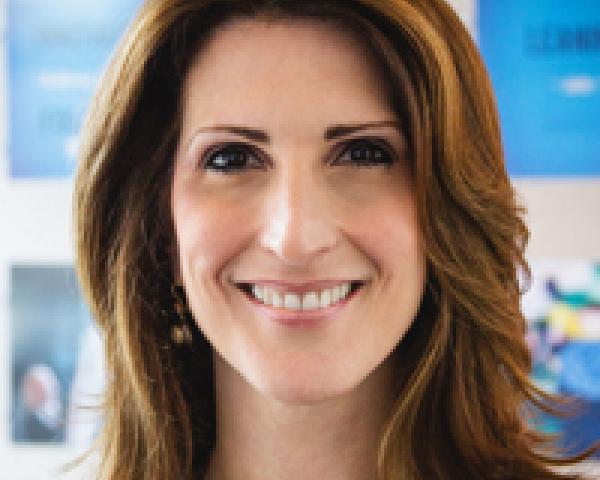We didn’t need Dolly Parton to tell us that the classic 9-to-5 office routine can be a draining experience. The routine developed at a time when only one member of a household, typically the husband/father, held a full-time job; today, it is far more common for both partners in a relationship (regardless of gender) to work. So a 9-to-5 approach can create considerable challenges for those caring for children.
With childcare costs rising and services in short supply, workplace flexibility is increasingly important to working parents. Today, lack of workplace flexibility is pushing some parents out of the job market, which is especially bad for the still-struggling world economy. Women, in particular, are more likely to rank flexible working and work-life balance as important considerations, according to Aon’s 2015 Workforce Mindset Study.
The same study found that a flexible work environment was the second most important factor in deciding whether to take a job, and a-top five-most-desired area for improvement. Confirming this, three of the top six factors causing full-time workers to quit their jobs were because of difficulties in maintaining a work-life balance, according to a recent EY global survey.
Now that the world’s working-age population is on the decline, according to the latest World Bank figures, maximizing the number of people on the job is set to become an increasing concern for governments. With the proportion of women participating in the workplace also in decline over the last decade and the percentage of women in the global labor force stagnant at around 40%, making it easier for women to work could add $12 trillion to global growth, according to McKinsey.
At the same time, the world is experiencing a growing global skills shortage, meaning that businesses are eager to discover new ways to attract and retain top talent. Introducing more adaptable ways of working to enable people to fit their careers around their non-work commitments could be a solution to all these challenges — maximizing workforce participation, reducing gender inequality and boosting global growth and productivity.
This is part of the reason why the U.K. introduced a legal right to request flexible working in 2014. But with a combination of the rise of new technologies and an increasingly globalized workforce, there are a number of ways to reduce the barrier to workplace participation.
In-Depth
Thanks to the huge changes in communications technology that many have predicted could revolutionize the way we work in the 35 years since Dolly Parton’s hit song and film came out, there are now more alternatives to 9-to-5 than ever. Here are some of the most popular:
Flextime Employees work a set number of hours over a given period but can choose when they start and finish work (usually agreed in advance with their employer).
- Pros: Employees can arrange their workday around non-work commitments such as childcare; employers can increase the hours during which they have staff working without increasing their workforce.
- Cons: Ensuring clear communication and arranging meetings when employees are on different flextime schedules can be complex, while employees’ preferred hours may not fit client/customer needs.
Telecommuting Employees work remotely, using the internet and phones to stay in contact with their colleagues.
- Pros: Reduces the need to maintain expensive office space; saves employees money and time on their commutes; gives maximum flexibility to workers to balance their work and private lives as they see fit.
- Cons: Unless properly managed, telecommuting can reduce cohesiveness of teams; while vastly improved in recent years, the technology of remote working isn’t yet quite reliable enough, some feel; lack of visibility on colleagues’ availability can lead to frustration and delays.
Shift working Employees work at staggered times, allowing multiple people to use the same workspace at different times of the day and night, or on different days of the week.
- Pros: Employees can work at times that suit them, while employers can maximize the efficiency of their workspaces by running facilities for longer.
- Cons: Can be complex to administer.
Job sharing Two or more people share a job, working part-time.
- Pros: Enables employees with other commitments to continue to work and employers to benefit from different approaches to the same job.
- Cons: Maintaining consistency and quality levels can be challenging for employers.
Staggered hours Workers have different start and finish times.
- Pros: Employees can set their hours to suit their needs; employers can extend their effective hours of business operation.
- Cons: Can lead to resentment from employees who are unable to secure the staggered hours that best suit them, and can hurt team coherence.
Compressed hours Employees work their full-time hours in fewer than the normal number of days, such as working 40 hours in four 10-hour days rather than five 8-hour days.
- Pros: Employees have more extended periods at home and save money on commuting; employers can cut office costs by closing down on the extra off day.
- Cons: Interacting with other businesses and with clients/customers on a four-day schedule when they are working to a five-day week can be difficult, and potentially lead to negative impressions.
Annualized hours A more extreme form of flextime, the employee has to work a set number of hours a year but has some flexibility over when she does it, usually with some guaranteed hours based around peak periods.
- Pros: Significant employee flexibility, and some benefits for employers with strong seasonal variance in demand.
- Cons: Can lead to long hours being worked at peak periods, which can lead to reduced quality of work.
Commissioned outcomes Employees have no fixed hours, just set output targets/deliverables.
- Pros: Employees have maximum flexibility.
- Cons: May require considerable project management to ensure that both employer and employee remain happy with the value for money of the arrangement and that targets are hit.
Term-time working Staff attend the workplace only during school term times, going on leave (or shifting to telecommuting or part-time work) during school holidays.
- Pros: Enables parents to spend more time with their children and save on childcare.
- Cons: Means the business has to fit in with school schedules rather than market needs.
Zero-hours contracts Employees have no guarantee of a minimum number of working hours but are called on as needed and are paid only for the hours they work.
- Pros: Maximum flexibility for employers and beneficial for some employees who are unable to commit to regular hours.
- Cons: Have developed a bad reputation and can be seen as exploitative, as the timing of the available work tends to be set by employers rather than employees; can make maintaining quality and training levels difficult.
When considering whether flexible working could work for your company, remember there are potential downsides as well as upsides to most forms of flexible working. What could lead to benefits for one industry, job type or employee could be detrimental to others, and, as with any project, the key is to be clear on what the intended outcomes are and how to measure success.
Talking Points
“The eight-hour work day is not as effective as one would think. To stay focused on a specific work task for eight hours is a huge challenge. In order to cope, we mix in things and pauses to make the day more endurable. At the same time, we are finding it hard to manage our private life outside of work.” – Linus Feldt, CEO, Filimundus
“The benefits of implementing flexible working policies are absolutely clear: happier staff, increased productivity and positive attitudes towards employer and business, to name but a few.” – Manesh Patel, senior benefits consultant, Aon Employee Benefits
“To boost employee freedom while also ensuring productivity, there are numerous flexible working options that businesses can offer… We have invested significantly in changing workplace culture, empowering employees to work from anywhere, while celebrating performance over presenteeism. These changes have led to great results, including a 20% boost in productivity and significant operational cost savings.” – David Langhorn, head of corporate and large enterprise, Vodaphone UK
“Bias toward stereotyping later starters means employees risk being inadvertently punished for taking advantage of flexible work time programs… Firms should be aware that simply introducing flexible hours on their own can have ramifications that should also be addressed. Indeed, without changes to their review procedures and other practices, they may ultimately be counterproductive.” – Sam Kai Chi Yam, assistant professor of management and organization, National University of Singapore Business School
“This article originally appeared on TheOneBrief.com, Aon’s weekly guide to the most important issues affecting business, the economy and people’s lives in the world today.”
Further reading:
- Working Nine to Five? Not Any More… – The Daily Telegraph, 8 September, 2015
- Why Sweden is Shifting to a 6-Hour Work Day – Fast Company, 29 September, 2015
- Is it Time for a Four-Day Week? – Management Today, 21 August, 2015
- Why Flexible Working is Smart Working – Director Magazine, 6 October, 2015
- Why Flexible Working Can Hurt Your Career – The Sydney Morning Herald, 1 October, 2015
- Why a ‘Work from Home’ Option is a Necessity but not a Cure-All – The Boston Globe, 2 September, 2015
- Flexible Working Should be for the Many, Not the Few – HR Magazine, 14 September, 2015
- The Want-to-Work Mothers Trapped at Home by Prohibitive Cost of Childcare – The Guardian, 5 October, 2015
- Flexible Working – A Missed Opportunity? – The Huffington Post, 24 September, 2015
- 2015 Workforce Mindset Study™ – Aon report

















